Ms. Nguyen Thi Thu Suong harvests red pheasant eggs.
In 2019, the second son of Mr. Chin Luc (working at the Thanh Ngai Commune Health Station, Mo Cay Bac District) bought 50 red pheasants for his family to start raising, priced at 200,000 VND/bird. Taking advantage of the vacant land around the house, Mr. Chin Luc built a cage, with an area of 30m2 (5m wide, 6m long) and a 3.5m high pole to raise red pheasants. Currently, his family raises 250 red pheasants in 3 cages (area from 20 - 30m2 /cage).
“Red pheasants are as healthy as chickens, grow well and do not have unusual diseases (except for epidemics or objective impacts of nature). Red pheasant eggs are richer in protein than chicken eggs and the meat is also sweeter, the bones are more brittle than chicken eggs. Red pheasants lay eggs in the southern season (from January to September), in the rainy season (from September to December), the birds still lay very few eggs but mainly to conserve energy for the next year's peak laying season. Compared to hired work, raising red pheasants is not as hard. Customers come to the house to collect eggs, at a price of 8,000 VND/egg and hire a vehicle to transport them to the customer's place at a price of more than 10,000 VND/egg,” Ms. Thu Suong (Mr. Chin Luc's wife) confided.
After 3 months of raising, red pheasants can be sold for meat, with a price of 130 - 150 thousand VND/kg, with an average weight of 1.2 - 1.5 kg/bird. After more than 7 months, red pheasants enter the egg-laying stage, selling for 8 - 10 thousand VND/egg to customers. Depending on the growth time, red pheasant chicks are sold by Mr. Chin Luc at different prices: 20 thousand VND/bird (when hatched for 5 days), 50 thousand VND/bird (when hatched for 7 - 15 days). Mr. Chin Luc will deliver eggs or red pheasant meat through orders. The chicks are sold directly when the buyer comes to the house.
According to Ms. Thu Suong, currently, red pheasant eggs are harvested at a rate of about 100 eggs per day. When the birds are mature, they are given red plastic glasses on their heads to avoid fighting each other. In addition, breeders need to add plastic eggs to stimulate the birds' ability to lay eggs when they are ready to reproduce. Provide food for the birds twice a day. During the reproductive stage, with 250 birds, the average is half a bag of food (25kg/day). When the birds have just hatched, breeders must incubate or fumigate with electric lights for about 20 days with appropriate temperature conditions, which will create strength and health for the animals.
Chairman of Tan Thanh Tay Commune Farmers' Association Nguyen Tan Huynh said: The red pheasant farming model of Mr. Le Van Luc's household is one of the new and effective models in the locality. The Association regularly visits, learns and draws practical experience to build plans for economic development for local farmers. In the future, the Association will expand the model to all members; encourage and connect resources to support members in raising red pheasants to develop the family economy effectively.
Article and photos: Le De
Source link


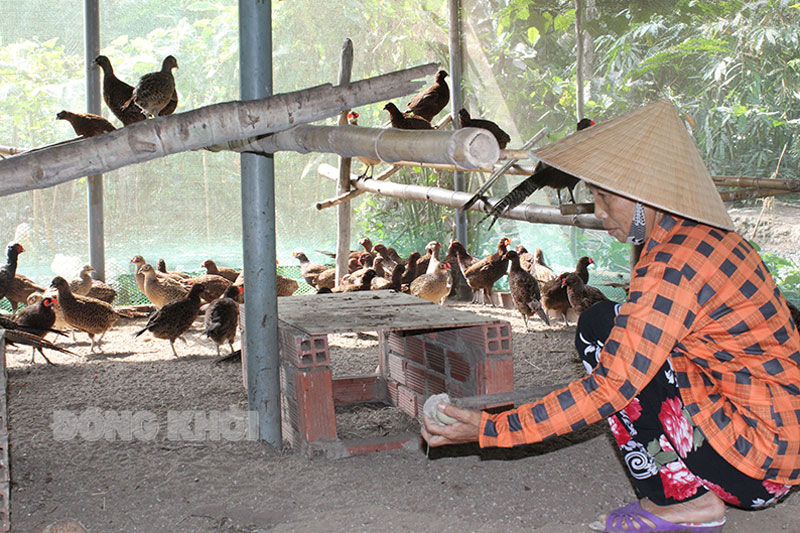
![[Photo] Prime Minister Pham Minh Chinh chairs a Dialogue with businesses and business associations](https://vphoto.vietnam.vn/thumb/1200x675/vietnam/resource/IMAGE/2025/5/31/b606d6f6ff584fa28af9f353c91bf15d)
![[Photo] Crane falls on container truck and car at traffic construction site](https://vphoto.vietnam.vn/thumb/1200x675/vietnam/resource/IMAGE/2025/5/31/a8d3ae08da324cfe8ee406174c0eacc4)
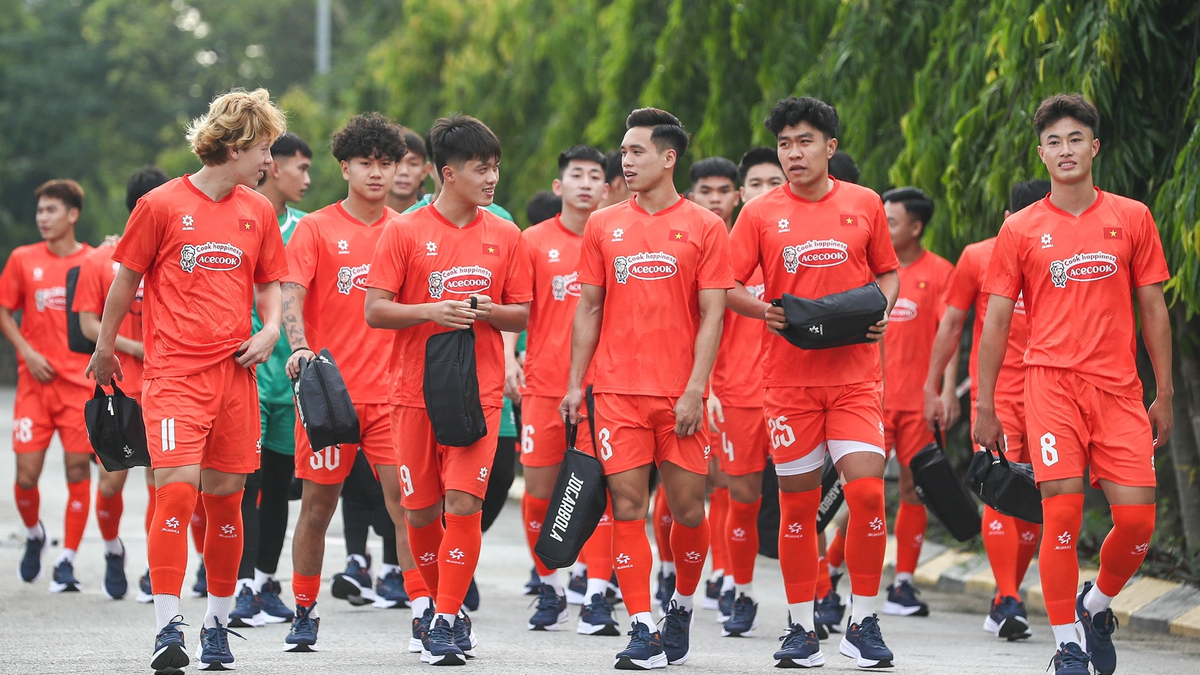

![[Photo] Emotional and proud flag-raising ceremony and military review on Truong Sa island](https://vphoto.vietnam.vn/thumb/1200x675/vietnam/resource/IMAGE/2025/5/31/9b52525fce6f433083cd0a5bfee59f49)

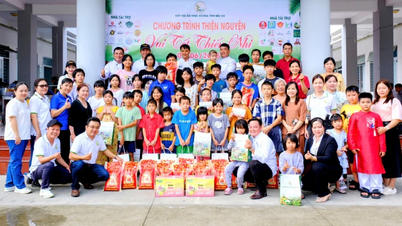
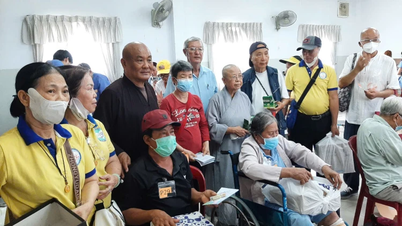
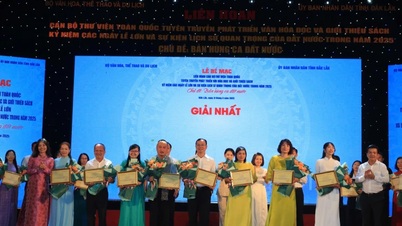
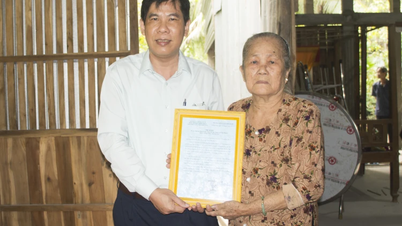
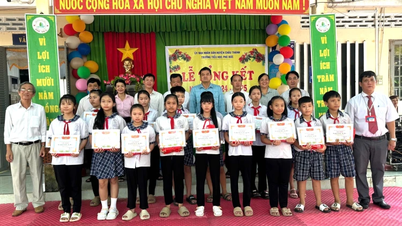
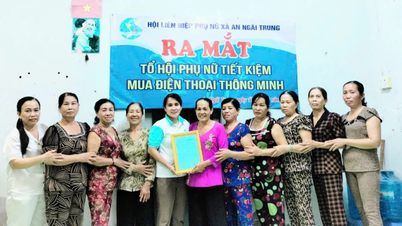




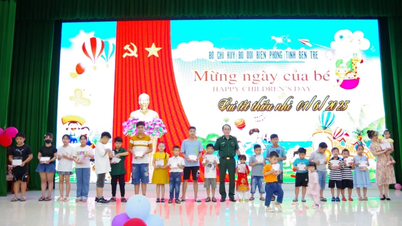

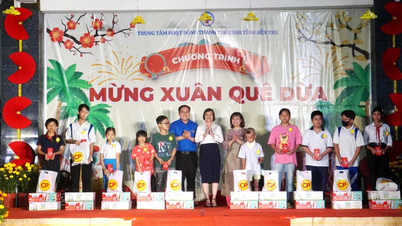
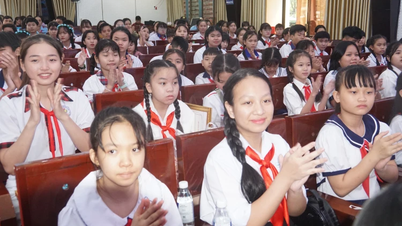
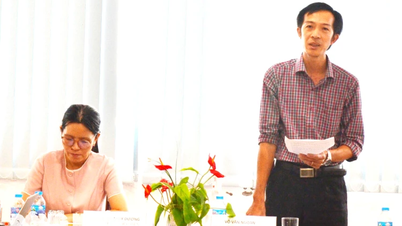


































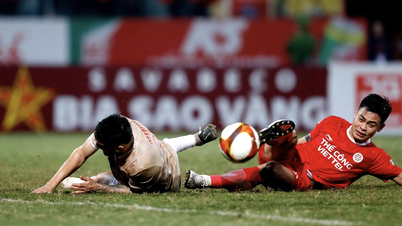

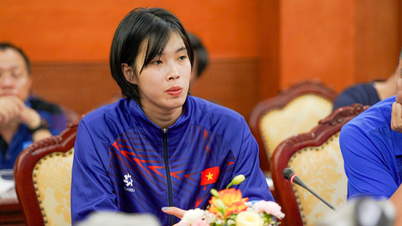











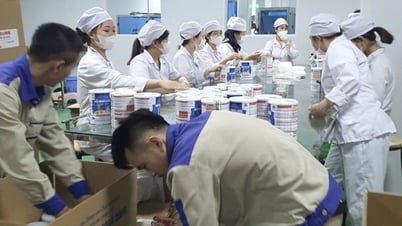

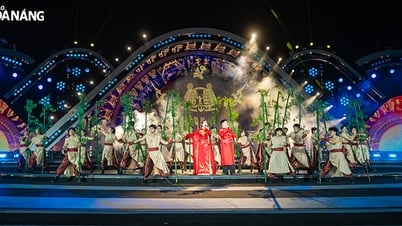





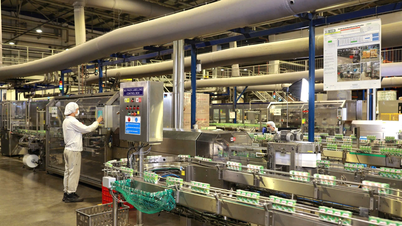













Comment (0)